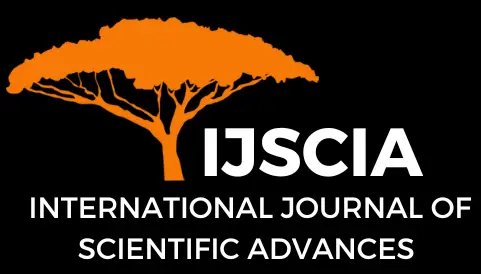Characteristics of Plate and Screw Fixation in Tibial Shaft Fracture at Sanjiwani General Hospital Gianyar in 2021: A Retrospective Descriptive Study
I Made Bagus Surya Mahapriandana Sari* and Restu Bela Susila
Abstract
Tibial shaft fracture is the most common fracture condition since the position of the tibia bone is close to the subcutaneous tissue. The incidence of tibial shaft fractures is 16.9/100,000 per year, with males between 10-20 years of age having the highest incidence. The operative procedure for it is closed intramedullary nailing as the gold standard in this case, and plate fixation as an alternative procedure. This study aims to determine the characteristics and complications of the ORIF P/S procedure, considering that the gold standard, in this case, is the intramedullary nail. This research is a descriptive-retrospective study. The sample of this study was obtained from secondary data from medical records of patients with tibial shaft fractures in adults at Sanjiwani Gianyar Hospital from January 2021-December 2021. Data collection was taken using the Total Sampling method. The research variables were age, gender, fracture type, fracture location, surgery method, and complications. The results showed 16 patients with tibial shaft fractures in adults. Males were the most common sex, with a percentage of 68%; the highest age was in the 18-59 years old category, with a rate of 69%, and the most common type of fracture was closed fracture, with a percentage of 56%. Most fracture locations are on the right side, with a rate of 62.2%. All surgery used the ORIF P/S method with a percentage of 100%. Complications obtained were infection, with a percentage of 6.2%, and delayed union, with a rate of 6.2%.
Keywords
characteristics; complications; fracture; tibial shaft
Cite This Article
Sari, I. M. B. S. M., Susila, R. B. (2023). Characteristics of Plate and Screw Fixation in Tibial Shaft Fracture at Sanjiwani General Hospital Gianyar in 2021: A Retrospective Descriptive Study. International Journal of Scientific Advances (IJSCIA), Volume 4| Issue 1: Jan-Feb 2023, Pages 140-143, URL: https://www.ijscia.com/wp-content/uploads/2023/02/Volume4-Issue1-Jan-Feb-No.405-140-143.pdf
Volume 4 | Issue 1: Jan-Feb 2023


